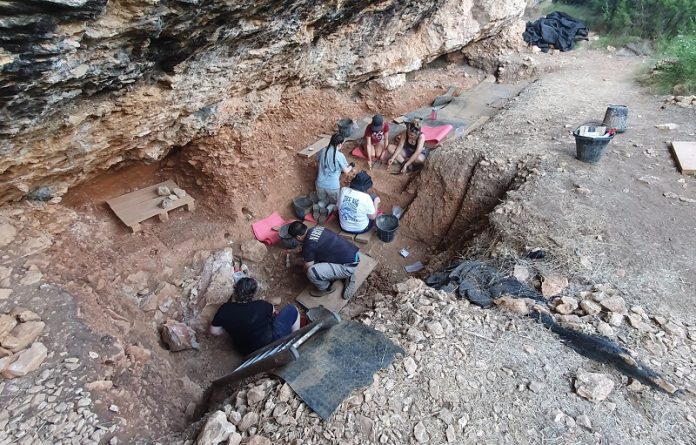
A rare archaeological site in the foothills of the Southern Pyrenees in Spain is shedding new light on the lives of Neanderthals, revealing their surprising adaptability and survival skills.
The site, called Abric Pizarro, dates back to a poorly understood period between 100,000 and 65,000 years ago, offering valuable clues about how these ancient humans lived during a time of significant environmental challenges.
The research, conducted by experts from The Australian National University (ANU) and published in the Journal of Archaeological Science, has uncovered hundreds of thousands of artifacts, including stone tools, animal bones, and other remnants of Neanderthal life.
These findings are helping scientists better understand a critical time in human history, long before modern humans arrived in Europe.
Dr. Sofia Samper Carro, the lead archaeologist from ANU, emphasized the importance of these discoveries. “Our surprising findings at Abric Pizarro show how adaptable Neanderthals were,” she said.
The bones found at the site indicate that Neanderthals hunted a variety of animals, including red deer, horses, and bison.
But what surprised the researchers was the evidence that they also hunted smaller animals like rabbits and freshwater turtles.
This suggests a level of planning and adaptability that challenges the outdated stereotype of Neanderthals as slow and unsophisticated.
The study also revealed that Neanderthals used a variety of tools to make the most of the resources available to them.
The stone tools found at Abric Pizarro show that they were skilled at creating different types of implements, depending on the task at hand. This versatility further demonstrates their ability to survive in harsh conditions.
One of the key questions that has puzzled archaeologists for years is what led to the extinction of the Neanderthals around 40,000 years ago.
By studying sites like Abric Pizarro, researchers hope to uncover more about the lives of Neanderthals during the time when they were the only humans in Europe. These findings are crucial for understanding how they lived, adapted, and eventually disappeared.
The Abric Pizarro site is particularly valuable because it offers a glimpse into a time before modern humans arrived in Europe. Dr. Samper Carro noted, “The unique site at Abric Pizarro gives a glimpse of Neanderthal behavior in a landscape they had been roaming for hundreds of thousands of years.”
Modern excavation techniques have played a vital role in uncovering these insights. The research team carefully maps every find at the site, creating a detailed record that helps them understand how Neanderthals lived and moved through the area.
This painstaking work, which has been ongoing for over 20 years, is helping archaeologists piece together the story of Neanderthals in unprecedented detail.
As researchers continue to study sites like Abric Pizarro, they are getting closer to solving the mystery of the Neanderthals’ disappearance and gaining a deeper appreciation for their complex and adaptable way of life.



